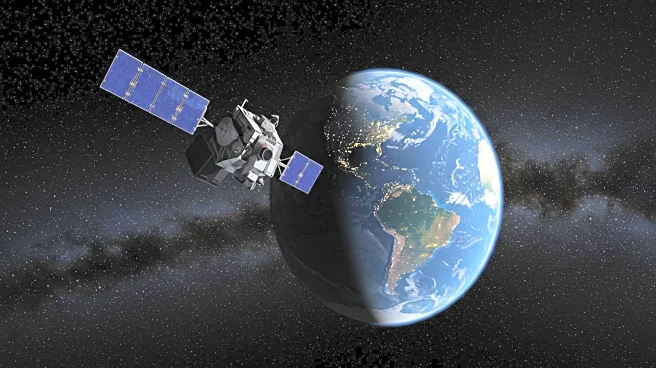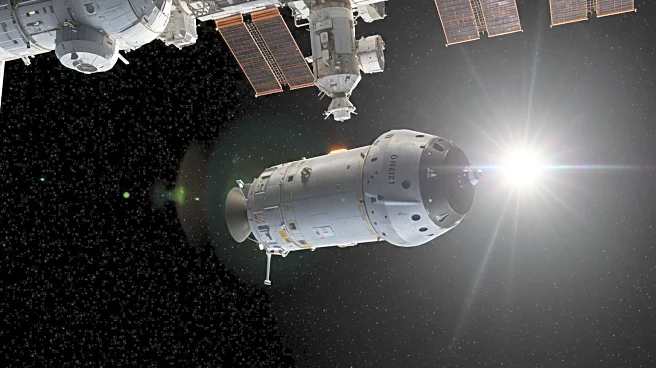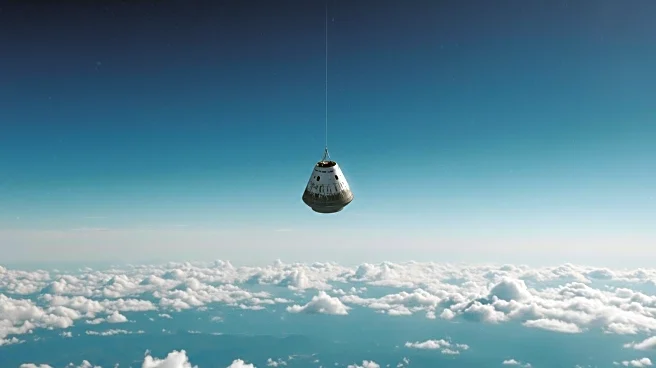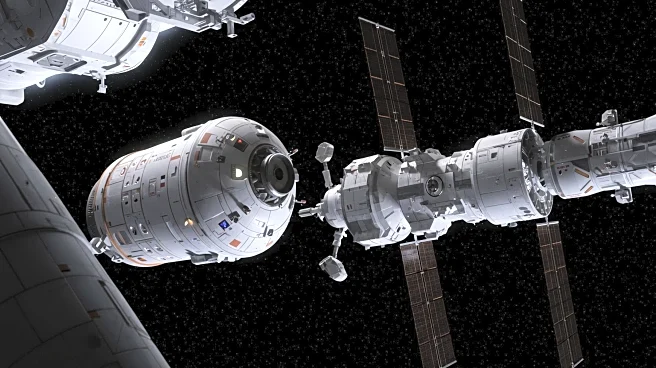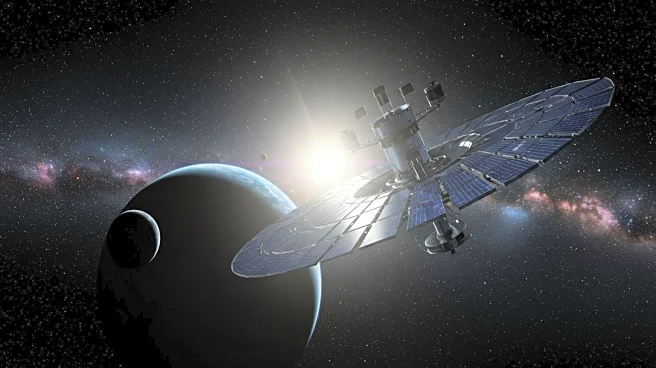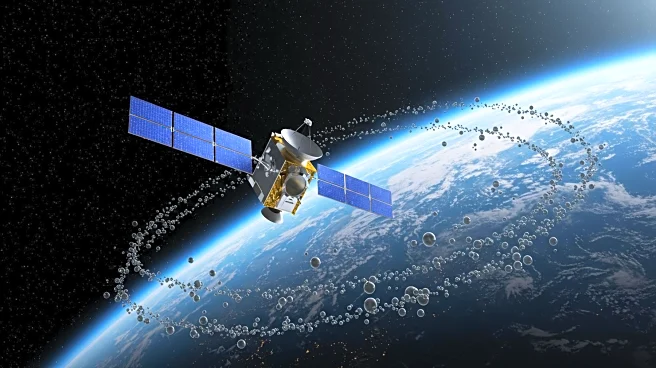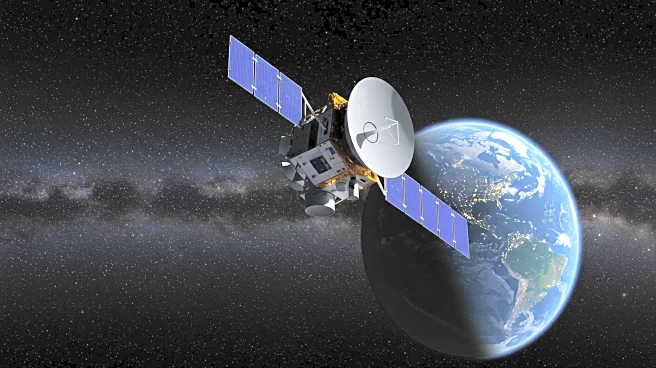Rapid Read • 6 min read
On August 14, 1959, NASA's Explorer 6 satellite transmitted the first-ever photograph of Earth from space. Launched on August 7, 1959, from Cape Canaveral, the satellite's mission was to study Earth's magnetic fields, radiation, cosmic rays, and micrometeorites. Despite operating at reduced power due to a solar cell malfunction, Explorer 6 successfully orbited Earth and conducted surveys of the Van Allen belts and geomagnetic field. The image, though blurry, marked a significant milestone in space exploration and Earth observation.
AD
The transmission of Earth's first satellite image by Explorer 6 was a groundbreaking achievement in space exploration, setting the stage for future Earth observation missions. This development expanded humanity's ability to study and understand our planet from space, leading to advancements in weather forecasting, environmental monitoring, and global communications. The success of Explorer 6 demonstrated the potential of satellite technology to provide critical data for scientific research and practical applications, influencing the design and objectives of subsequent space missions.
The success of Explorer 6 highlighted the importance of international collaboration in space exploration, as data from such missions benefit the global scientific community. The mission also underscored the challenges of early space technology, such as power limitations and data transmission issues, which have since been addressed through technological advancements. The legacy of Explorer 6 continues to inspire innovation in satellite design and Earth observation techniques, contributing to our understanding of climate change and natural disasters.
AD
More Stories You Might Enjoy
